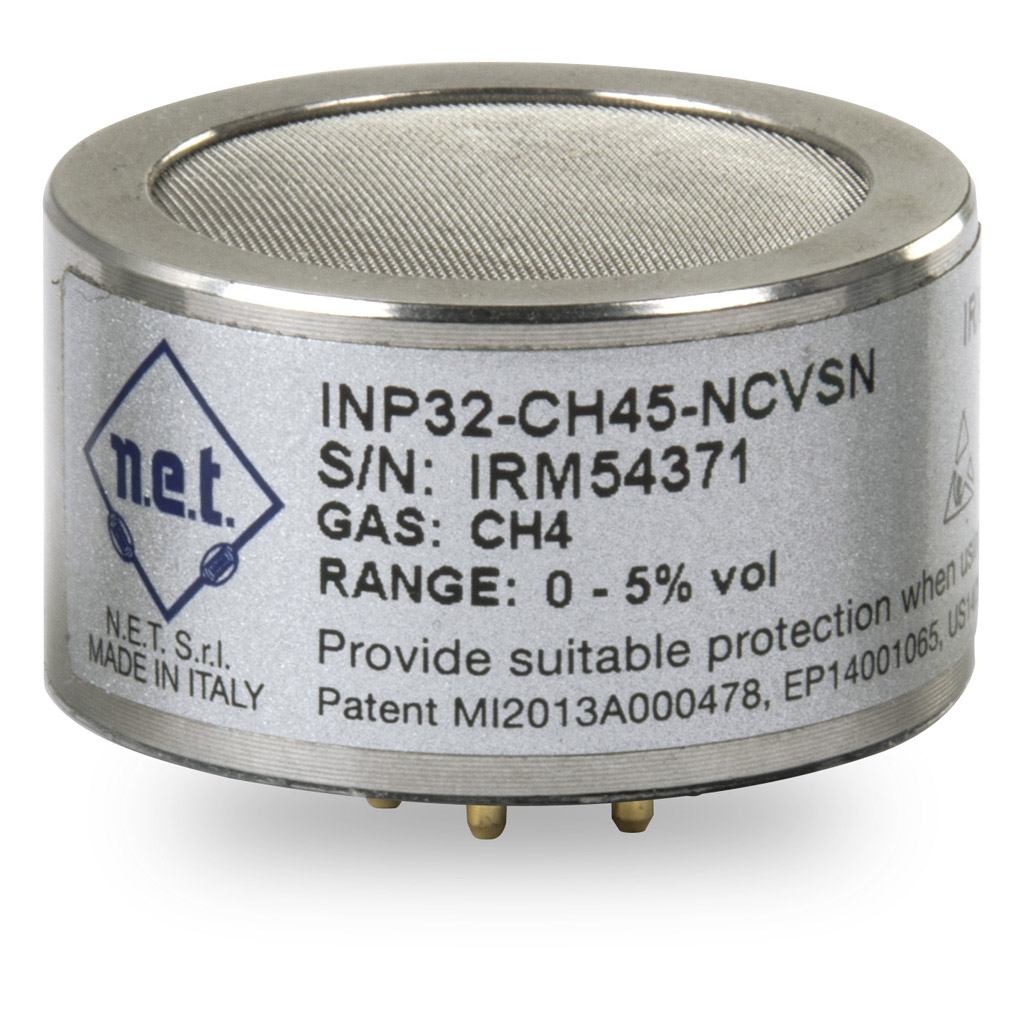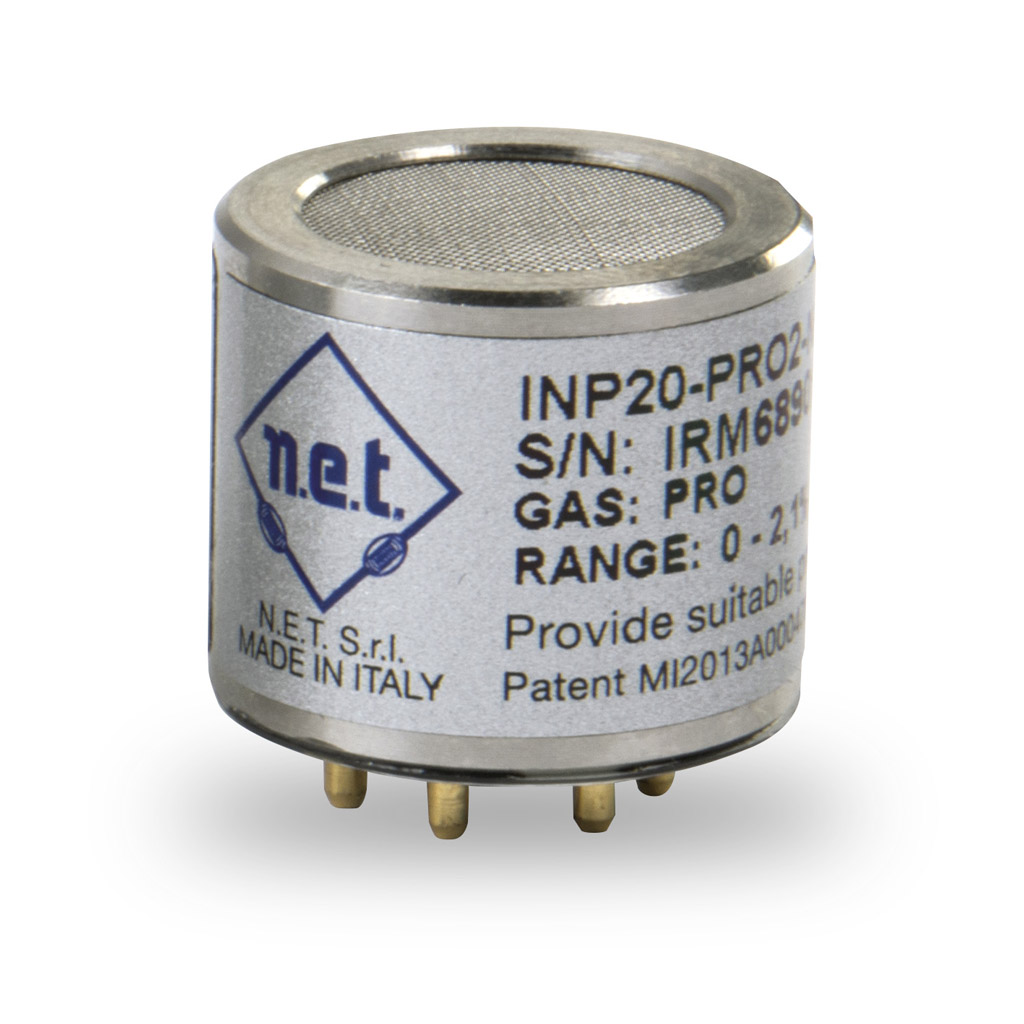
An efficient gas detection system will ensure a safe breathing environment for users and workers in parking, tunnels and other confined spaces with constant presence of vehicles. This while reducing costs for the facility and increasing the overall environmental quality and well-being for all. Discover how.

N.E.T Safety line electrochemical cells are designed to meet or exceed the specifications given in EN 50545-1 (for linearity, repeatability, temperature and humidity dependence, interfering gases, recovery from high gas concentrations, response time and long-term stability) and are tested and approved by TUV Rheinland with Certificate No. S 459 2014 C2.

Until electric cars would finally take over, the presence of vehicles in underground or otherwise confined parking structures, tunnels, loading docks, and warehouses represent a constant source of airborne contaminants – notably CO, NO2, oil and gasoline fumes. These gases are obviously undesirable and there are several reasons to monitor them and prevent possible buildups through air changes and ventilation.
The number one reason is, of course, safety. With both workers and public involved, parking managers must ensure a safe breathing environment. Carbon Monoxide is extremely toxic, can cause dizziness and headaches over 200ppm and can kill in a short time when concentrations surpass 3000ppm. Prolonged exposure to high levels of Nitrogen Dioxide, on the other side, can cause chronic bronchitis and emphysema. NO2 is the major contaminant to be considered when expecting a significant presence of diesel-powered vehicles in the structure.

Most international codes and standards, in fact, enforce ventilation as a mean to prevent the risk of reaching dangerous levels of contaminant concentration. They generally aim to maintain a maximum average of CO of 25 to 50 ppm during any eight-hour period, with a maximum average concentration not greater 200 ppm for short term exposures. The ventilation required to adequately disperse CO, is generally enough to keep all other contaminants under check.
But keeping a ventilation system running continuously or at fixed intervals irrespective of actual gas concentration is not practical nor efficient, due to energy expenditure, increased wear on the fan motors and consequent increased maintenance. In fact, the second reason to employ a gas detection system and monitor contaminant level is economical. Employing automatic contaminant sensing devices to modulate the ventilation system activation to a minimum would ensure huge cost savings in the long run.

The final reason is environmental quality and well-being of the car park users and workers. A continuously running ventilation system would cause significant production of noise and heat, affecting the facility overall comfort level.
The quantity of sensors to be deployed is determined by considering a radius of coverage of 15.2 m (50 feet) per carbon monoxide monitor, or 2,310 m2 (7,580 sq.ft).
In Europe, CENELEC – EN 50545-1 specifies general requirements for construction and testing and describes the test methods that apply to fixed apparatus for the detection and/or the measurement in car parks and tunnels of carbon monoxide (CO), nitrogen monoxide (NO) and nitrogen dioxide (NO2) intended to control a ventilation system and/or to give an indication, alarm or any other signal to warn of a toxic hazard.



